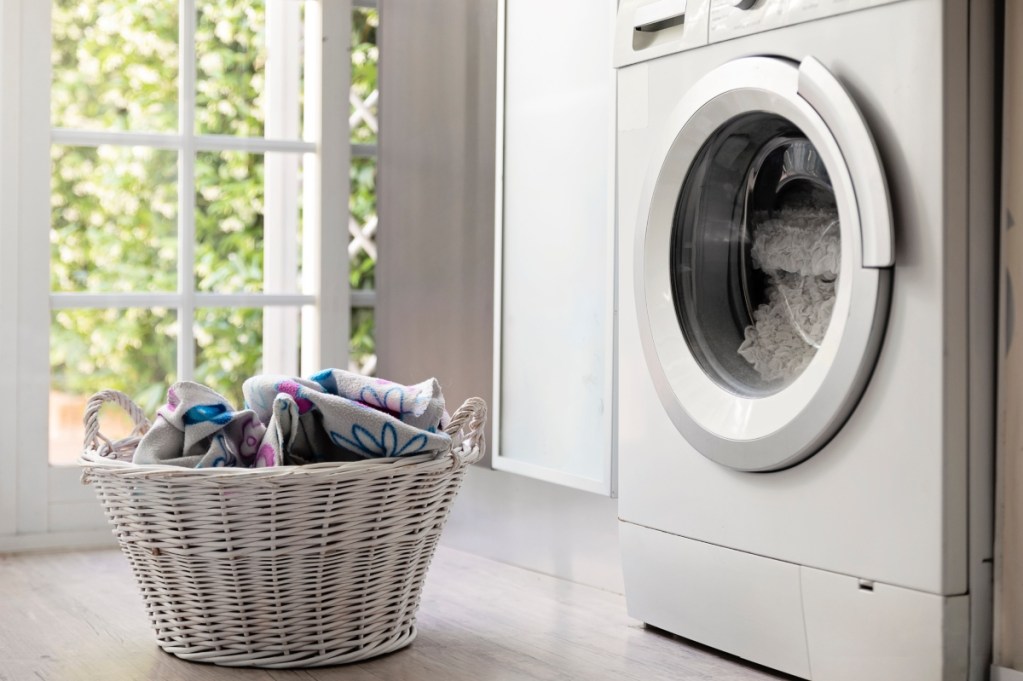
Cleaning your washing machine might not be at the top of your cleaning to-do list, but it should be. A fresh, sanitary machine ensures your clothes come out fresh and spotless every time. In this guide, we will walk you through everything you need to know about how to clean washing machines, including the best cleaning agents and practical steps to get the job done.
What is the best thing to clean a washing machine?

When it comes to cleaning your washing machine, there are several effective products you can use. Each has its benefits and works in slightly different ways. Here’s a look at some of the best options:
- Bleach: Bleach is a powerful disinfectant that can kill bacteria and mold. It’s particularly useful for cleaning the drum and rubber seals. However, use it sparingly as it can be harsh on your washing machine’s components.
- Hydrogen peroxide: This is a milder alternative to bleach. It disinfects and deodorizes your washing machine. It’s safe to use on all parts of the machine and doesn’t leave a strong chemical smell.
- Vinegar and baking soda: This combination is a popular and natural cleaning method, particularly in your laundry routine. Vinegar breaks down detergent residue and kills mold, while baking soda helps scrub away grime and neutralize odors.
- Borax and washing powder: Borax is a natural mineral that works well with washing powder to clean and deodorize your washing machine. This combo is also used in homemade laundry detergents. It’s excellent for removing soap scum and hard water deposits.
- Commercial washing machine cleaner tablets: These tablets are specifically designed to clean washing machines. They are easy to use and effective at removing residue, mold, and odors. Simply follow the instructions on the package for the best results.
How to clean a washing machine in 6 steps

Cleaning your washing machine regularly can extend its lifespan and improve its performance. Here are the basic steps to clean your washing machine:
- Empty the machine: Make sure there are no clothes left inside the washing machine before you start cleaning.
- Clean the dispensers: Remove and wash the detergent and fabric softener dispensers. Soak them in warm, soapy water and scrub away any residue.
- Clean the drum: Run an empty cycle with hot water and add your chosen cleaning agent (bleach, vinegar, hydrogen peroxide, or a commercial cleaner). This helps disinfect and remove any buildup inside the drum.
- Wipe down seals and gaskets: Mold and mildew can accumulate in the rubber seals and gaskets. Wipe them down with a cloth soaked in your chosen cleaner. Pay special attention to hidden areas where grime tends to collect.
- Clean the filter: The filter can trap lint, hair, and other debris. Check your washing machine’s manual to locate and clean the filter regularly.
- Rinse and dry: Run an additional rinse cycle to ensure all cleaning materials are thoroughly washed out. Leave the door open to allow the machine to air dry, which helps prevent mold and mildew growth.
How to clean a smelly washing machine

If your washing machine has developed a foul odor, it’s time to take action. Here are some tips to eliminate unpleasant smells:
- Run a hot water cycle with vinegar: Pour 2 cups of white vinegar into the drum and run a hot water cycle. Vinegar is excellent at breaking down residue and eliminating odors.
- Use baking soda: Add 1/2 a cup of baking soda to the drum and run another hot water cycle. Baking soda helps neutralize odors and scrub away grime.
- Clean the door seal: Wipe down the rubber door seal with a mixture of equal parts water and vinegar. Make sure to get into all the nooks and crannies where mold and mildew can hide.
- Leave the door open: After each wash, leave the washing machine door open to allow air to circulate. This helps to prevent moisture buildup and reduces the chance of mold growth.
- Clean the filter: A clogged filter can contribute to bad smells. Clean it regularly to prevent debris buildup.
Regularly cleaning your washing machine is essential for maintaining its efficiency and extending its lifespan. Whatever cleaning product you decide to use, the key is consistency. Follow the steps outlined in this guide to keep your washing machine fresh and in perfect working order. Remember, a clean washing machine means cleaner clothes and a more hygienic home. So, make it a habit to clean your washing machine regularly and enjoy the benefits of fresh, clean laundry every time.



